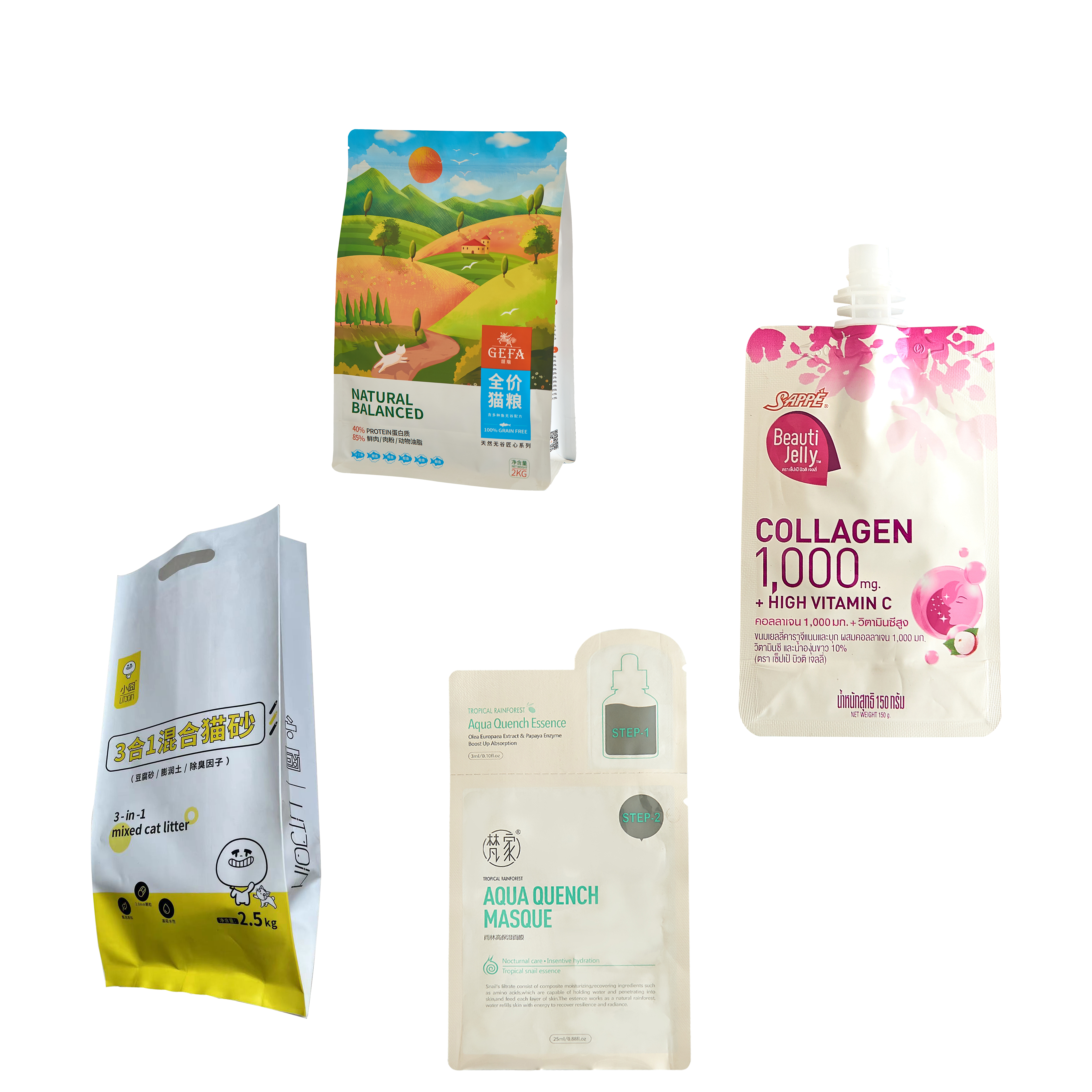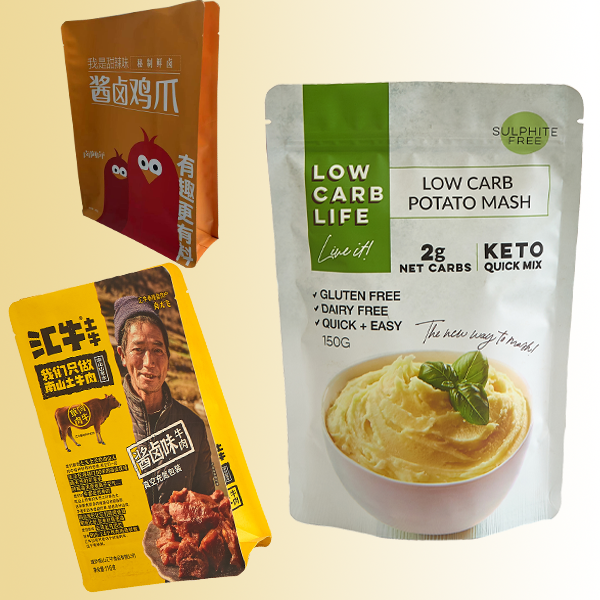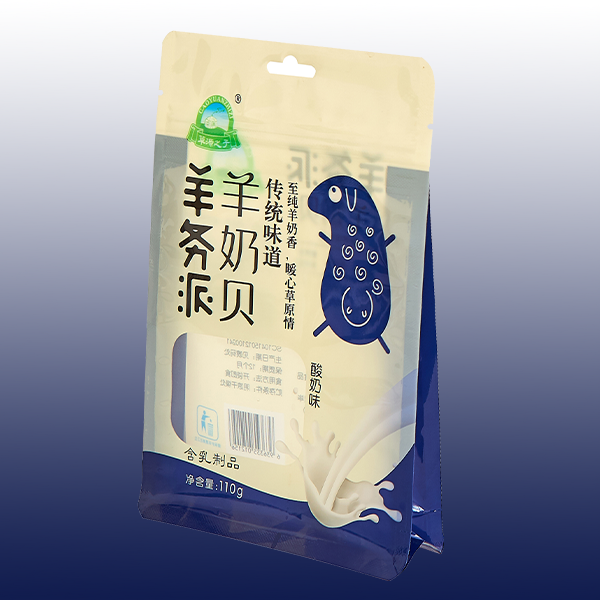Pet Packaging Bags

1. Environmental and Sustainability: With the heightened awareness of environmental protection, pet packaging bags are increasingly adopting degradable or bio-based materials to reduce their impact on the environment. For example, aluminum foil composite material packaging bags have been widely applied in the pet food industry due to their unique advantages, offering good freshness preservation and temperature resistance, as well as excellent safety.
2. Personalization and Customization: To meet the increasing demand for personalized products from consumers, brands have begun to offer customized packaging services, including unique designs and material options.
3. Convenience and User Experience: The design of pet food packaging bags focuses on user experience, featuring easy-tear openings, zipper closures, and self-sealing strips, making them more convenient for consumers to use.
4. Diversity of Pet Food Packaging Bags: There are various types of dog food packaging bags on the market, including stand-up pouches, lay-flat bags, vacuum packaging bags, and moisture-proof packaging bags, to accommodate different types of dog food and consumer usage habits.
5. Aesthetic Economy: The design of pet food packaging bags is also paying more attention to aesthetics, using attractive patterns and colors, as well as innovative shapes and structures.
6. Design Innovation: The design of pet packaging bags is moving towards a more creative and appealing direction, with unique shape designs, artistic pattern designs, and creative functional designs to enhance the product's market competitiveness and consumers' purchasing experience.
The design and material selection of pet packaging bags are evolving towards environmental friendliness, safety, convenience, and innovation to meet the needs of pet owners and pets while minimizing the impact on the environment.




